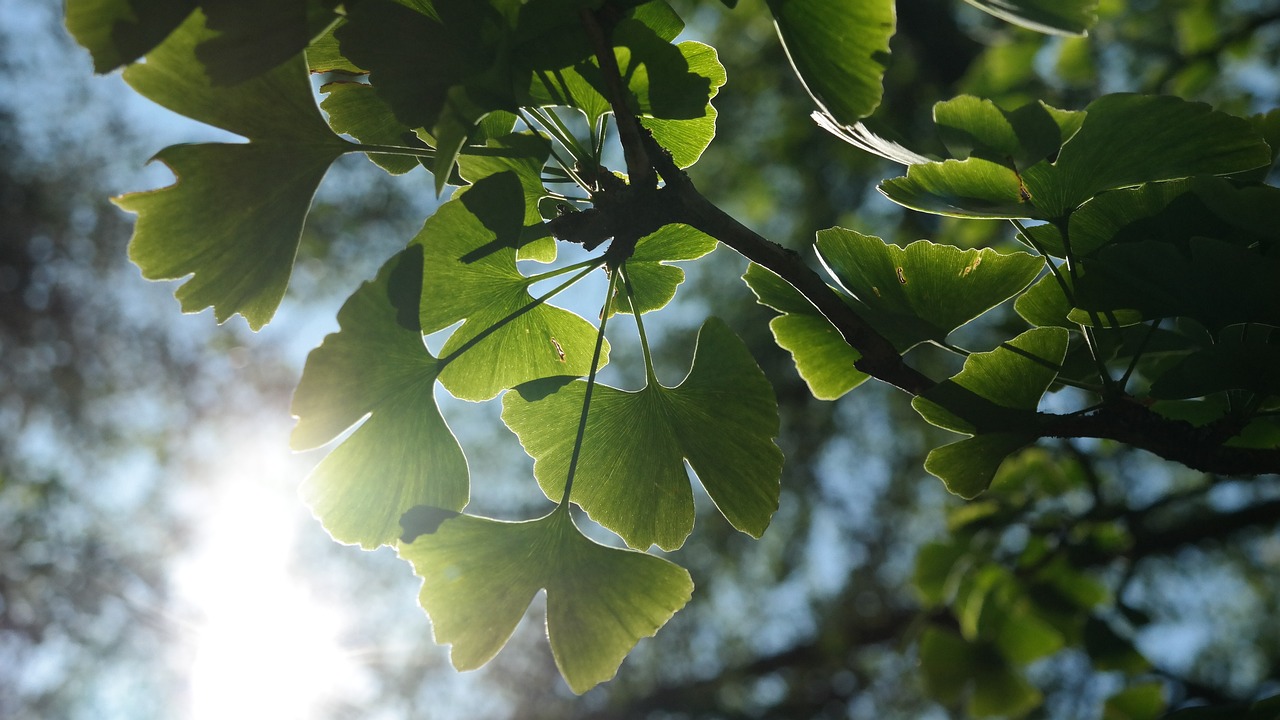Caring for your green companions goes beyond a simple splash of water now and then. Just like us, plants need consistent and correct watering to thrive. Whether you’re a seasoned plant parent or a novice, understanding the essentials of plant care, specifically watering, is key to fostering a lush indoor jungle or a vibrant garden.
In this guide, we’ll go over top watering tips that will ensure your foliage friends are as healthy as can be. So, grab your watering can, and let’s dive in!
Understanding Your Plant’s Watering Needs
Before you start watering your plants, it’s important to recognize that each type of plant has unique needs.
Know Your Plants
Some plants, like succulents and cacti, store water in their leaves and require less frequent watering. On the other hand, tropical plants often need a more humid environment and consistent moisture.
Check the Soil
A simple way to check if your plants need water is to feel the soil. The top inch of soil should be dry before you water most potted plants. Over-watering can be just as harmful as under-watering, leading to root rot and other issues.
Observe the Leaves
Leaves can indicate your plant’s health. Wilting or yellowing leaves may suggest that your plant is thirsty, while brown and mushy leaves might mean you’re overdoing it.
Watering Basics: How to Water Properly
Watering might seem straightforward, but there’s more to it than just pouring water over your plants.
When to Water
The best time to water your plants is in the morning. This gives the plants time to absorb the water before the heat of the day and reduces the risk of fungal diseases that can occur if the water sits on the leaves overnight.
How Much to Water
The amount of water your plants need will vary based on the type of plant, the size of the pot, the climate, and the time of year. A good rule of thumb is to water until you see excess water draining from the bottom of the pot, ensuring the roots are thoroughly moistened.
Use the Right Water
Tap water is fine for most plants, but if you notice your plants reacting poorly, you might need to switch to distilled or rainwater. Some plants are sensitive to the chemicals and minerals in tap water.
Potted Plant Care Essentials
Potted plants have different needs than those planted directly in the ground. Here’s how to keep them happy and hydrated.
Choose the Right Pot
Make sure your pot has adequate drainage holes to prevent water from pooling at the bottom. This is crucial for avoiding root rot.
Select the Right Soil
Use a potting mix suited for your plant’s needs. Soil that drains well will help prevent over-watering issues.
Monitor Watering Frequency
Potted plants often need more frequent watering than ground plants since the soil in pots dries out faster. However, be careful not to over-water, especially in the colder months when plants require less moisture.
Advanced Watering Techniques
Once you’ve mastered the basics, you can implement more sophisticated watering techniques for optimum plant health.
Bottom Watering
This method involves placing the plant in a tray of water and allowing the soil to absorb moisture from the bottom up. It’s especially useful for plants that don’t like their leaves to get wet.
Drip Irrigation
For outdoor gardens or larger collections of plants, drip irrigation systems can be a time-saving way to ensure consistent watering. They deliver water directly to the base of each plant, reducing waste and minimizing the risk of disease.
Using Mulch
Mulch helps retain soil moisture and regulate temperature. Apply a layer of mulch around your plants to help reduce the frequency of watering and protect the roots from extreme temperatures.
Common Watering Mistakes to Avoid
Even with the best intentions, mistakes can happen. Here are some common watering errors and how to avoid them.
Over-Watering
More plants die from over-watering than under-watering. Make sure to check the soil moisture and avoid watering on a strict schedule without observing the plant’s needs.
Under-Watering
While not as common as over-watering, under-watering can also be detrimental. If the soil is dry several inches down or if the leaves are drooping, it’s time to water.
Watering at Night
Watering at night can lead to fungal growth since the water doesn’t evaporate as quickly without the warmth and light of the sun.
Using Cold Water
Cold water can shock the roots of your plants. Use room temperature water to avoid stressing them.
Seasonal Watering Tips
The changing seasons bring different watering requirements for your plants.
Spring and Summer
These are the growing seasons for most plants, so they’ll need more water. Keep an eye on the soil moisture and adjust your watering accordingly.
Fall and Winter
During the colder months, many plants enter a dormant phase and require less water. Reduce your watering frequency and ensure the soil dries out more between waterings.
Smart Watering for Healthy Plants
In the age of technology, there are tools to help you water more efficiently. Smart watering systems and soil moisture sensors can take the guesswork out of watering, ensuring your plants receive the right amount of water at the right time.
Final Thoughts on Plant Hydration
Watering your plants correctly is a skill that develops over time. By understanding the unique needs of your plants and following these watering tips, you’ll be well on your way to nurturing a thriving garden or indoor oasis.
Remember, when in doubt, check the soil moisture, observe your plants, and adjust your watering habits accordingly. With a little practice and patience, you’ll become an expert at keeping your plants perfectly hydrated and healthy.








